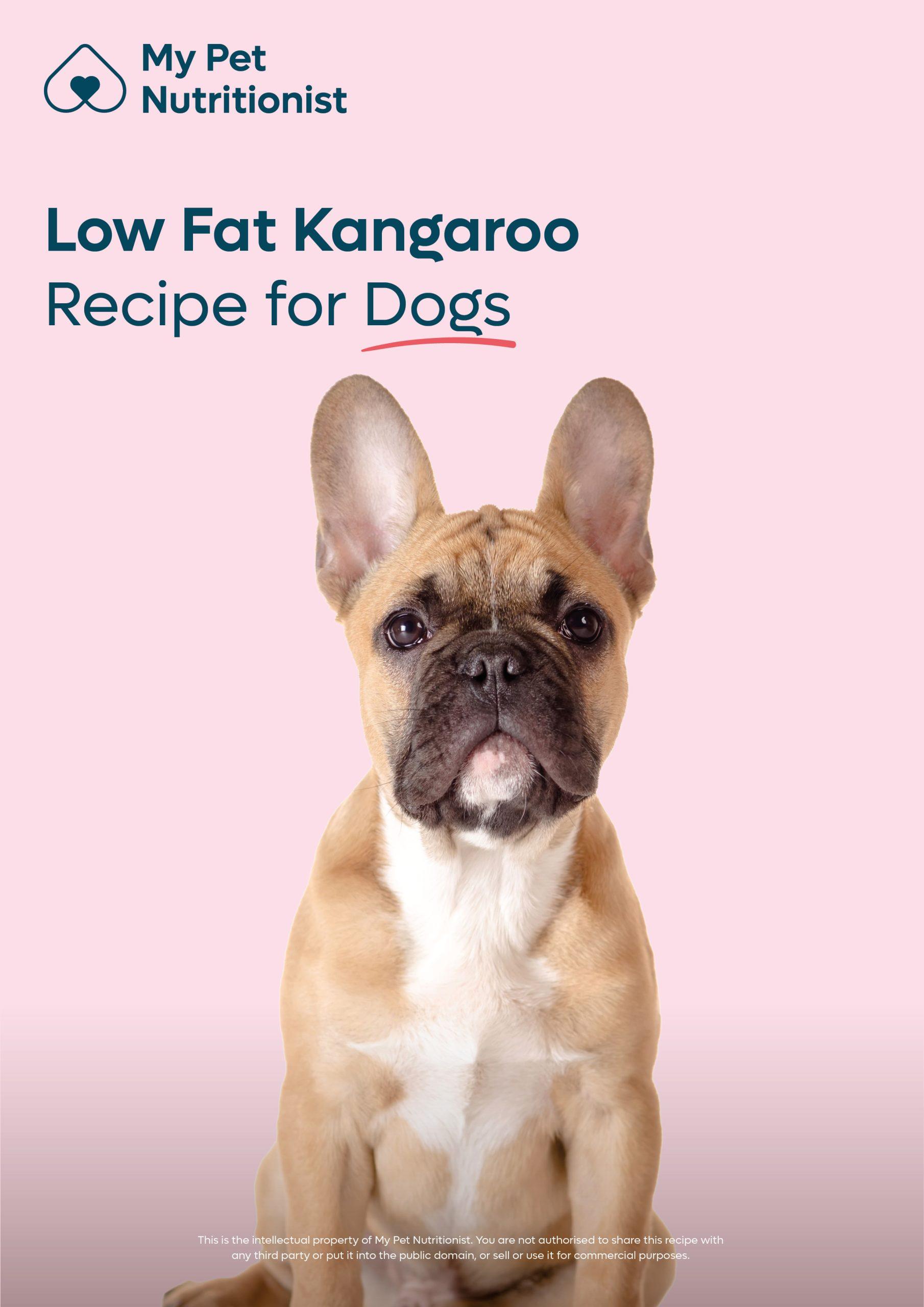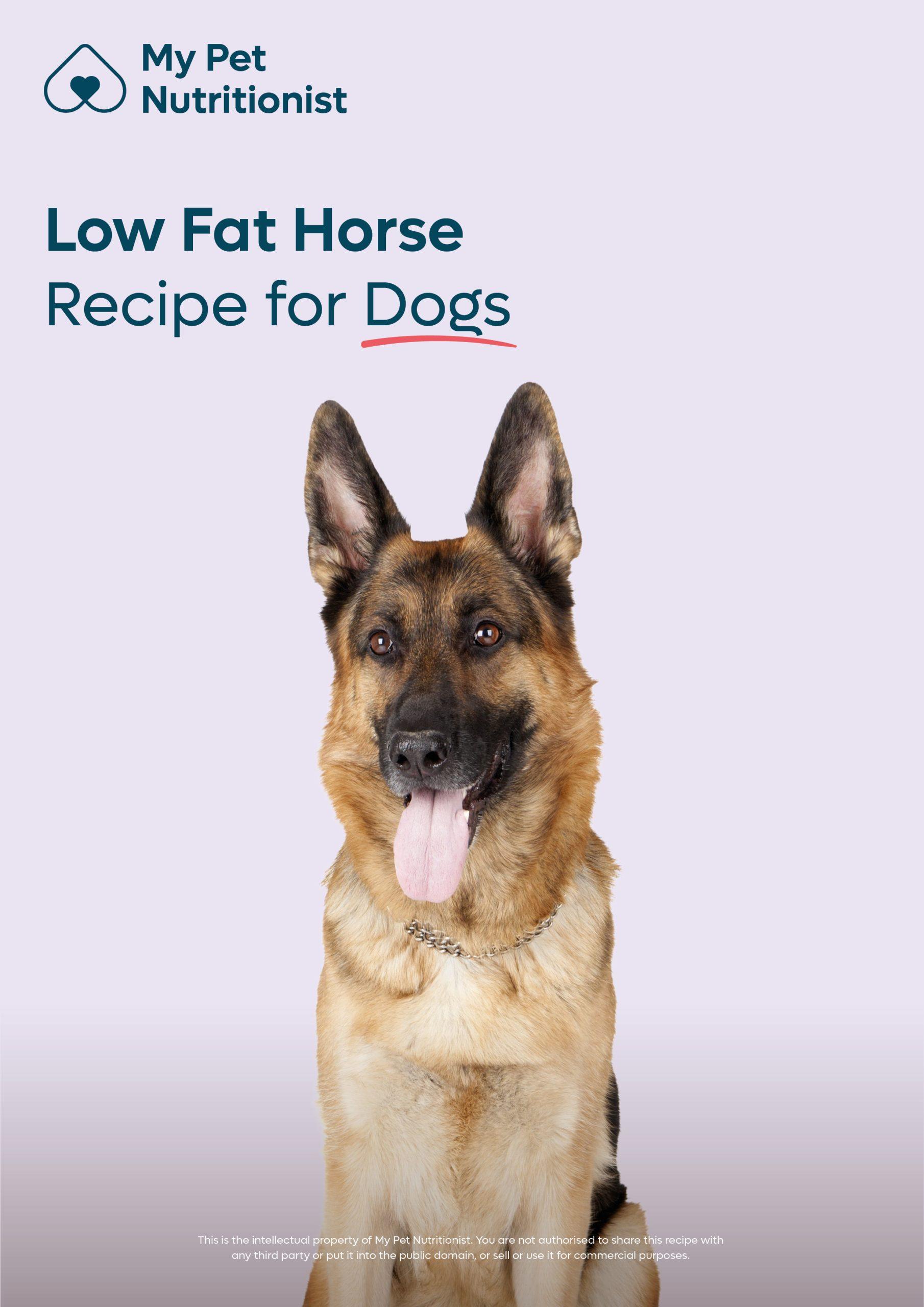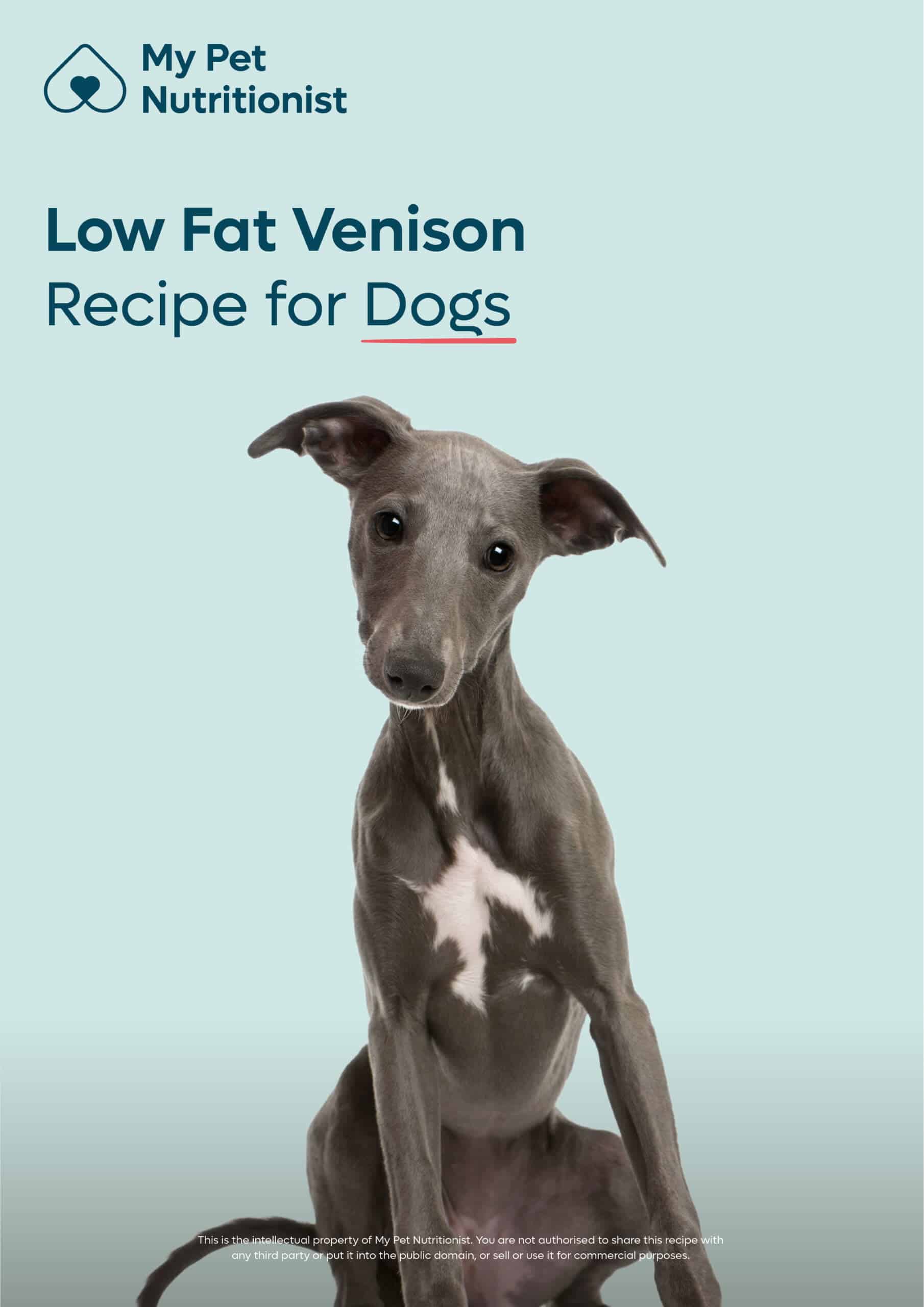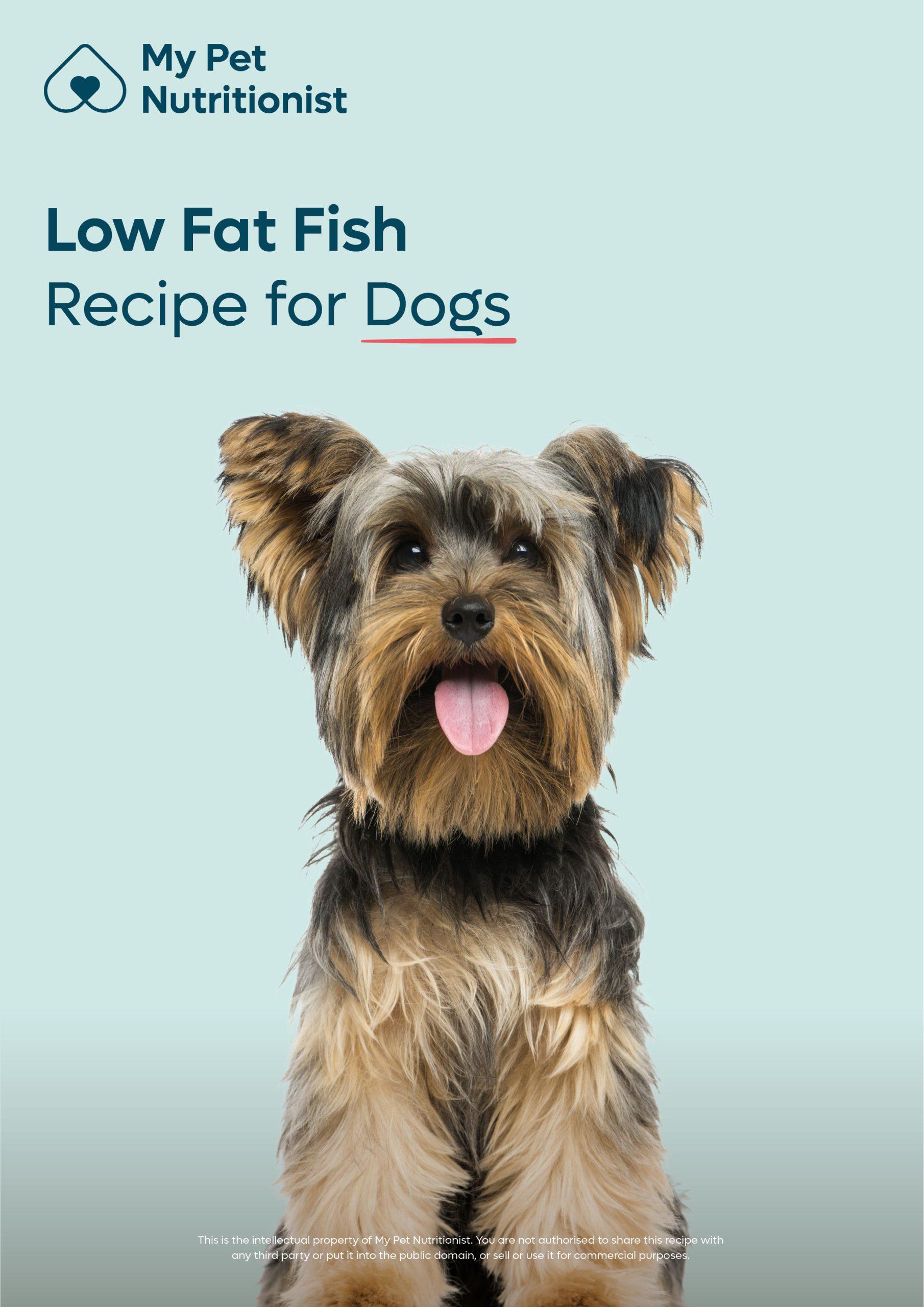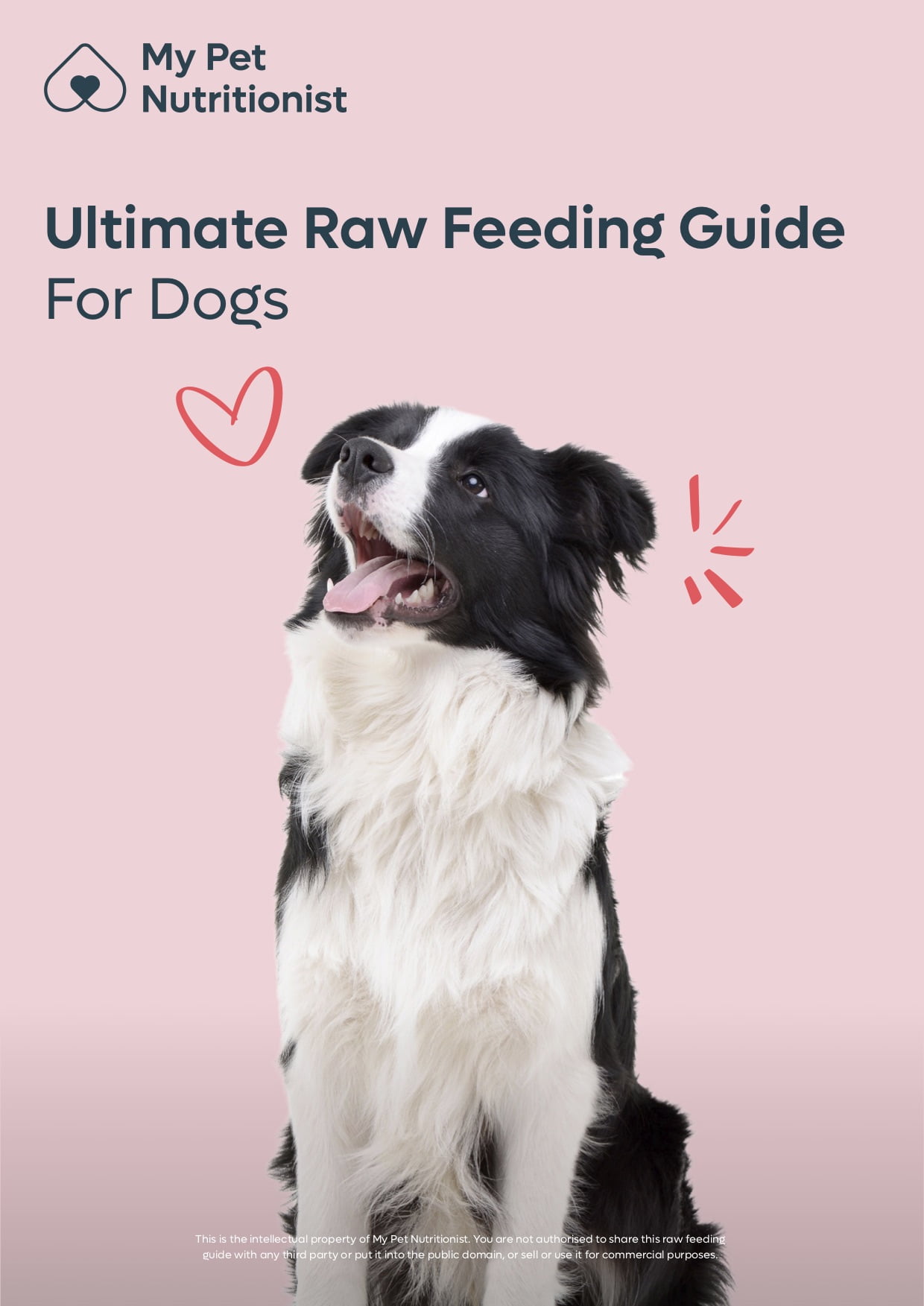-
£29.99£29.99£119.00£19.99£6.99
Cart
8
Cart
8


 Read Now
Read Now
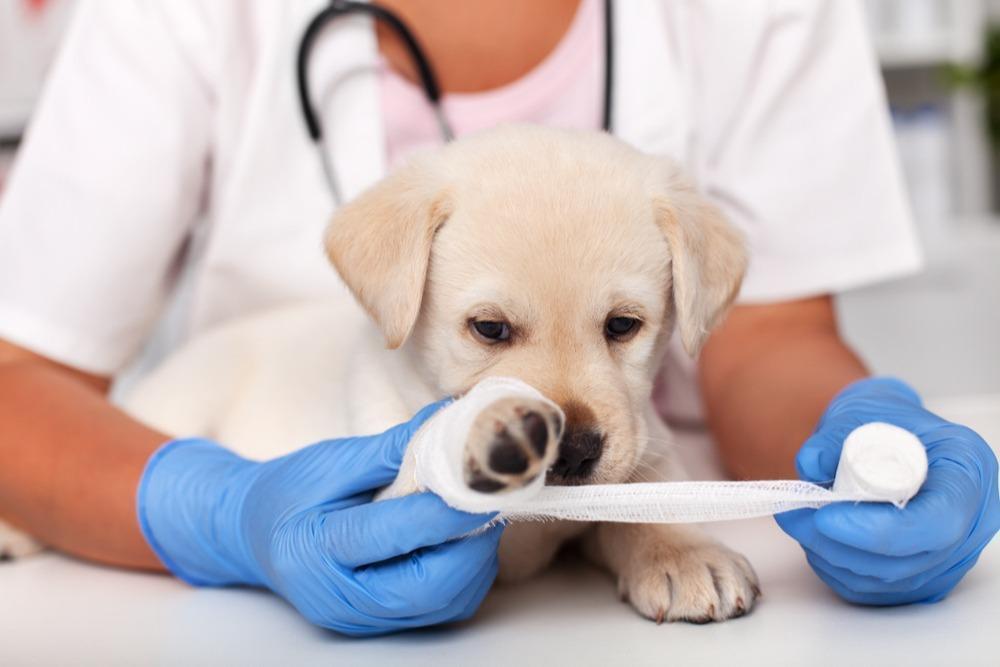 Read Now
Read Now
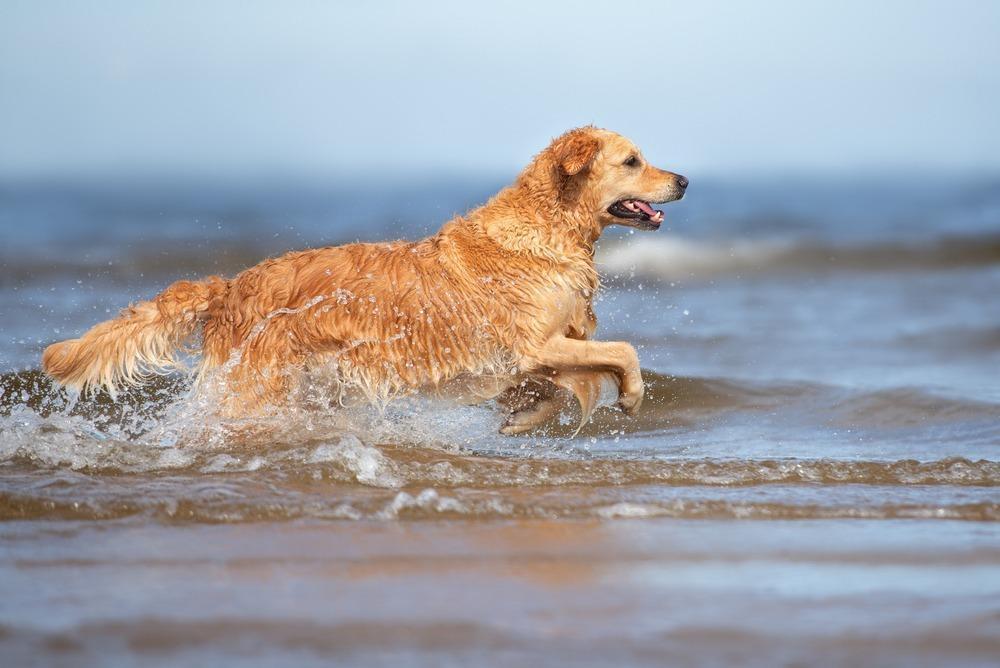 Read Now
Read Now
 Read Now
Read Now
 Read Now
Read Now
 Read Now
Read Now
 Read Now
Read Now
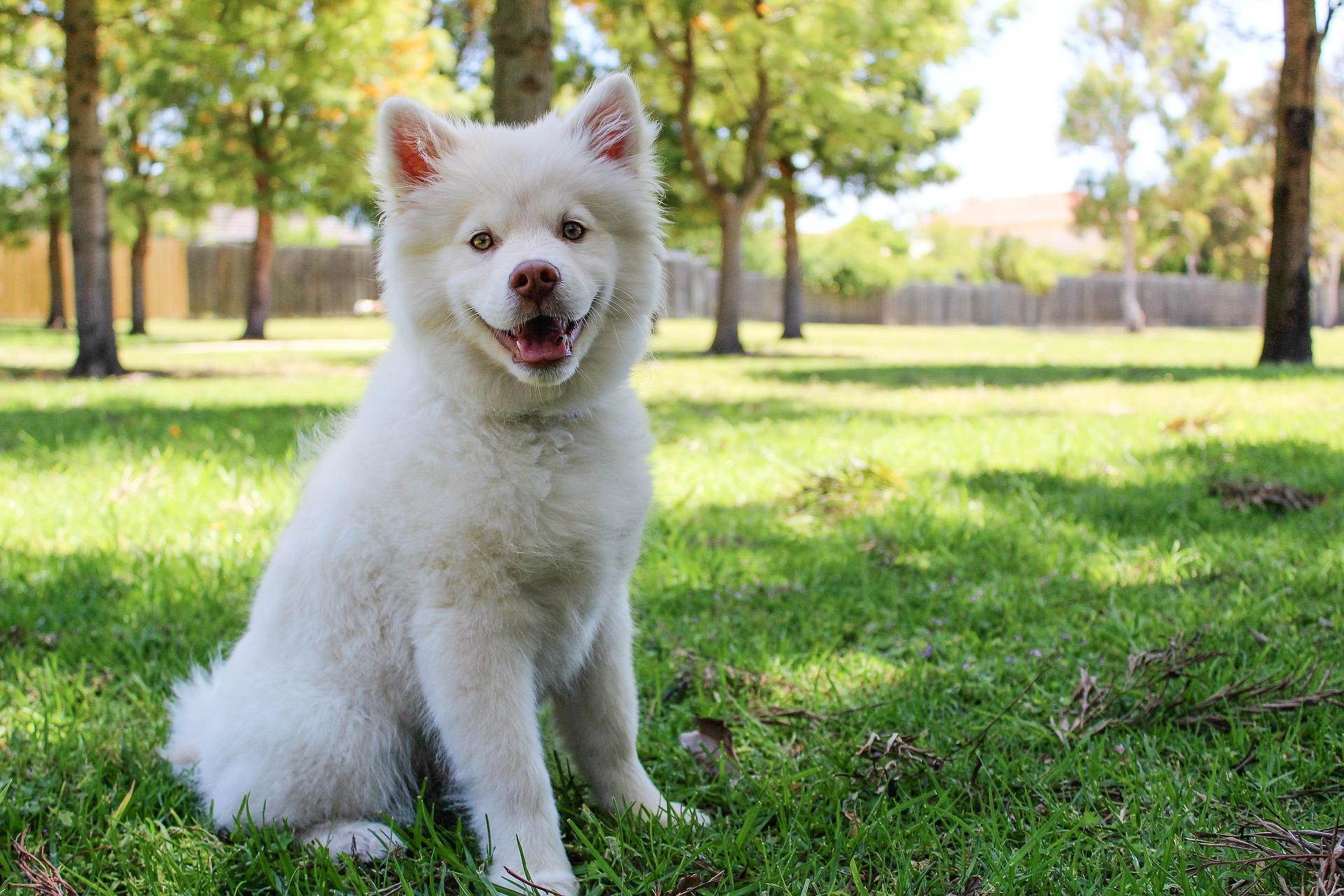 Read Now
Read Now
 Read Now
Read Now
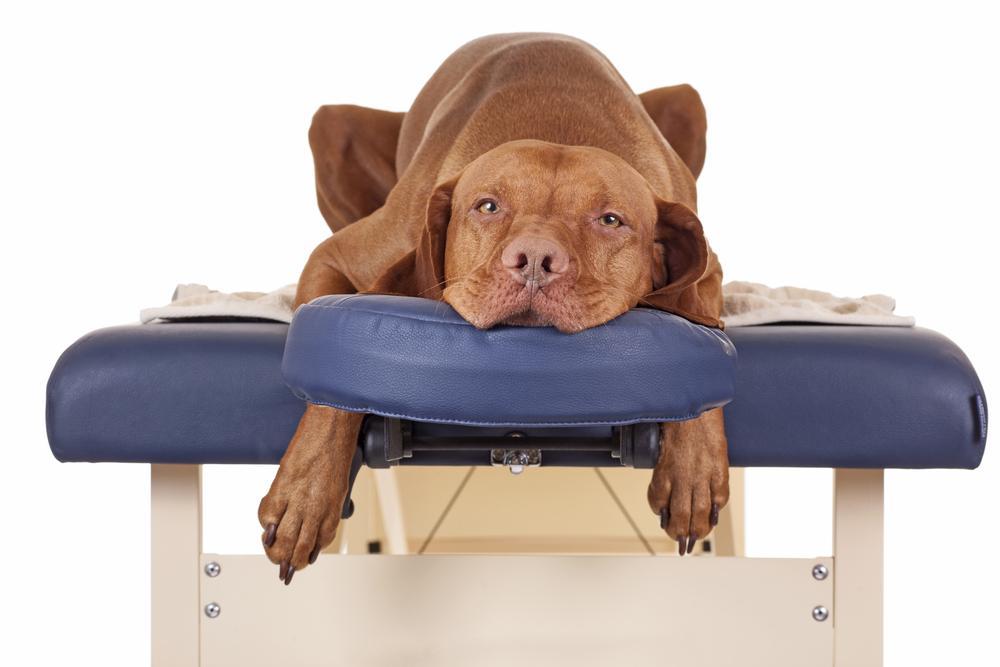 Read Now
Read Now
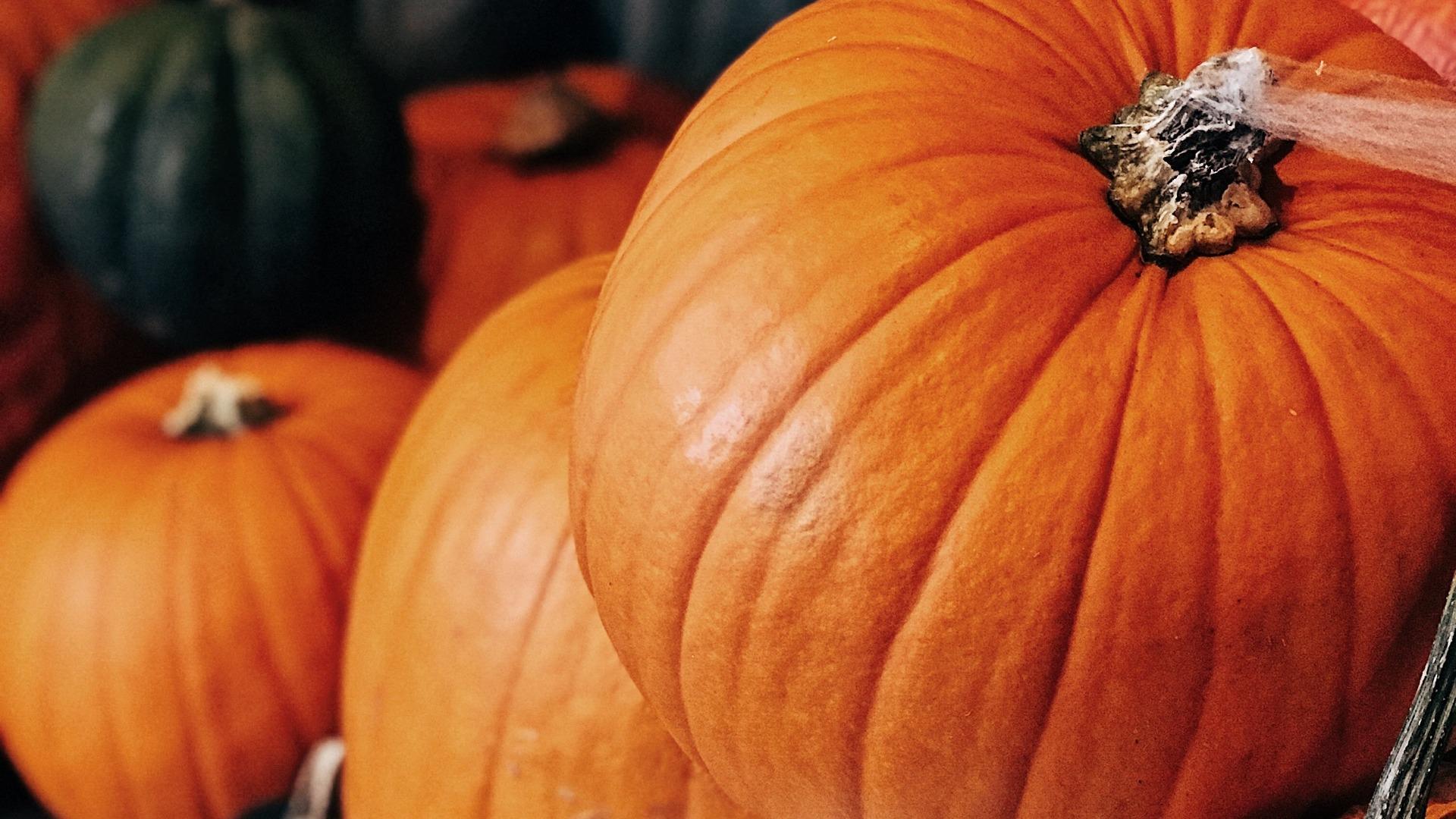 Read Now
Read Now
-
£29.99£29.99£119.00£19.99£6.99

Nutrition for the Recovering Dog
- March 14, 2022
- 5 mins 18 secs
Sadly, at some point in our dog’s lives they may get poorly, or need an op. They may also just need periods of some additional TLC. Whilst the most nutritionally demanding phase post weaning is growth in puppies, recovery also has its own set of nutrient demands. We thought we’d take a closer look at the nutrient needs of recovering dogs.
But, our dogs also need to recover after physical activity – and this is even more important if we have a sporting/performing dog.
But a similar mechanism occurs during work. Not only do we have the energy needs of work, but damage can occur to muscles. At a low level, they repair, and come back stronger next time (this is the premise of training). But again, they need materials to rebuild and repair.
We can think of the body like a bank account. It is always withdrawing through daily tasks. Providing we fuel it well; we remain in the black. During recovery and recuperation, it takes a little more, and if we don’t deposit enough, we end up in the red. Red signals poor recovery and this isn’t what we want for our canine companions.
So, what do we need to do to stay in the black?
In their cooked form, carbohydrates can be an easily digested source of energy for the recovering dog. Complex carbohydrates like sweet potatoes are a great source of fibre, vitamin A, vitamin C, potassium, and B vitamins. Fibre is also a carbohydrate, albeit an indigestible one, and as we know fibre is your dog’s best friend for more reasons than one.
5 Reason’s Fibre is Your Dog’s Best Friend
Once it is ingested, it makes its way through the digestive system and the liver reassembles amino acids into other structures to be used throughout the body.
We have:
So, as you can see, when we’re asking the body to do a lot of these things, they need protein to do the job.
Most foods contain either animal or plant cells and will therefore naturally contain protein. But the processing of foods may change the amounts and proportions of some amino acids; for example the Maillard reaction and the associated browning that occurs when foods are baked reduces the available amino acid lysine.
The quality of the protein is also important and depends on the amino acids that are present. Proteins from animal sources have a higher biological value than proteins from plant sources. This is because the pattern of amino acids in animal cells is comparable. This difference has led to a concept of first-class and second-class proteins, for animal and plant foods, respectively. Even in human data, we are seeing that probiotic supplementation alongside plant-protein sources is necessary for optimal absorption and utilisation.
For the canine, a fresh-food diet containing animal sources of protein will support recovery.
Fatty Acids and Inflammation
In dogs, the body has a requirement for two distinct EFA families. The Omega-6 and Omega-3 series.
Eicosanoids are products of the oxidation of the omega families; they are collectively known as prostaglandins, thromboxanes and leukotrienes.
The number of eicosanoids synthesised depends on the availability and type of fatty acid found in cell membranes. Human studies have demonstrated that the supplementation EPA significantly alters the ratio of EPA (omega-3) to AA (omega-6) in cell membranes which has been beneficial in inflammatory conditions.
In short, consumption of omega 3, replaces AA. The result is fewer AA derived eicosanoids and more EPA or GLA eicosanoids, and therefore managing the inflammatory response.
The thing to note is the omega 6:3 ratio. In many commercial foods we note a 20:1 ratio, but literature suggests that a more appropriate ratio is 4:1.
Essential Fats for My Dog’s Diet
Include foods like:
Can Stress Affect My Dog’s Digestive System?
Why is My Dog A Fussy Eater?
For the recovering dog, chewing opportunities may be one of the most important tools in your kit.
Why Dog’s Need to Chew
If you need to keep your dog calm but enriched, you can also think about including brain games in their day:
Dog Brain Games
If you would like any support with your recovering dog, then please check out our services:
What We Offer
Thanks for reading,
MPN Team
What is Recovery?
Recovery generally takes the same form, no matter the trauma. If us or our dogs are exposed to an infection, our immune system springs to action to engulf and destroy the threat. The same occurs during trauma – in the case of a wound, immune cells rally to the damaged tissue to prevent any infection from taking hold and encourage growth factors to replace the damaged cells. This also applies in cases of planned operations – the body has experienced a trauma and so, it needs to repair and recover.
But, our dogs also need to recover after physical activity – and this is even more important if we have a sporting/performing dog.
Recovery Processes
Immune cells need certain nutrients to do their jobs, and so when they are working overtime, they want to get paid for it.
But a similar mechanism occurs during work. Not only do we have the energy needs of work, but damage can occur to muscles. At a low level, they repair, and come back stronger next time (this is the premise of training). But again, they need materials to rebuild and repair.
We can think of the body like a bank account. It is always withdrawing through daily tasks. Providing we fuel it well; we remain in the black. During recovery and recuperation, it takes a little more, and if we don’t deposit enough, we end up in the red. Red signals poor recovery and this isn’t what we want for our canine companions.
So, what do we need to do to stay in the black?
Carbohydrates
There is no physiological need proven for carbohydrates in the dog, however, they do possess a nutrient sparing effect. What this means is that if carbohydrates are utilised for energy, protein can be directed to what it does best – build and repair, and fat can stabilise membranes in those recovering cells!
In their cooked form, carbohydrates can be an easily digested source of energy for the recovering dog. Complex carbohydrates like sweet potatoes are a great source of fibre, vitamin A, vitamin C, potassium, and B vitamins. Fibre is also a carbohydrate, albeit an indigestible one, and as we know fibre is your dog’s best friend for more reasons than one.
5 Reason’s Fibre is Your Dog’s Best Friend
Protein
Protein is of course top of the list for the recovering dog. Protein is from the Greek meaning “of prime importance” and it really is. The body is built from protein.
Once it is ingested, it makes its way through the digestive system and the liver reassembles amino acids into other structures to be used throughout the body.
We have:
- Antibody proteins – these bind to viruses and bacteria to protect the body,
- Enzyme proteins – enzymes carry out almost all the chemical reactions that occur in the body. They also assist in the formation of new molecules or cells.
- Messenger proteins – these include hormones that transmit signals throughout the body, coordinating biological processes between cells, tissues, and organs.
- Structural proteins – these provide structure and support for cells; they also allow the body to move.
- Transport/storage proteins – these proteins bind and carry atoms and small molecules within cells throughout the body.
So, as you can see, when we’re asking the body to do a lot of these things, they need protein to do the job.
Most foods contain either animal or plant cells and will therefore naturally contain protein. But the processing of foods may change the amounts and proportions of some amino acids; for example the Maillard reaction and the associated browning that occurs when foods are baked reduces the available amino acid lysine.
The quality of the protein is also important and depends on the amino acids that are present. Proteins from animal sources have a higher biological value than proteins from plant sources. This is because the pattern of amino acids in animal cells is comparable. This difference has led to a concept of first-class and second-class proteins, for animal and plant foods, respectively. Even in human data, we are seeing that probiotic supplementation alongside plant-protein sources is necessary for optimal absorption and utilisation.
For the canine, a fresh-food diet containing animal sources of protein will support recovery.
Fat
Fat is a necessary macronutrient for the dog – they have an improved capacity to utilise fat as energy compared to us humans, but essential fatty acids also play a role in the inflammatory response. Inflammation is necessary, it rallies immune cells to tackle the issue at hand, whether this is an invading virus or a wound that needs to heal, but it can become chronic, and this is where is it problematic. Like goldilocks, we need just enough inflammation.
Fatty Acids and Inflammation
In dogs, the body has a requirement for two distinct EFA families. The Omega-6 and Omega-3 series.
Eicosanoids are products of the oxidation of the omega families; they are collectively known as prostaglandins, thromboxanes and leukotrienes.
The number of eicosanoids synthesised depends on the availability and type of fatty acid found in cell membranes. Human studies have demonstrated that the supplementation EPA significantly alters the ratio of EPA (omega-3) to AA (omega-6) in cell membranes which has been beneficial in inflammatory conditions.
In short, consumption of omega 3, replaces AA. The result is fewer AA derived eicosanoids and more EPA or GLA eicosanoids, and therefore managing the inflammatory response.
The thing to note is the omega 6:3 ratio. In many commercial foods we note a 20:1 ratio, but literature suggests that a more appropriate ratio is 4:1.
Essential Fats for My Dog’s Diet
Micronutrients
There are also many micronutrients that play a role in immune function and response and therefore recovery, these include:
- Vitamin C
- Vitamin D
- Vitamin A
- Vitamin E
- Vitamin B6
- Vitamin B12
- Folate
- Zinc
- Iron
- Copper
- Selenium
Include foods like:
- Leafy greens
- Bell peppers
- Oily fish
- Seafood – mussels
- Nuts
- Seeds
- Red meat
- Poultry
- Eggs
The Recovering Dog’s Digestive System
It’s important to note that if your dog is recovering from a trauma or injury/infection, they may have been stressed or continue to show stress symptoms. This may affect their appetite and their ability to assimilate and utilise nutrients.
Can Stress Affect My Dog’s Digestive System?
Why is My Dog A Fussy Eater?
For the recovering dog, chewing opportunities may be one of the most important tools in your kit.
Why Dog’s Need to Chew
If you need to keep your dog calm but enriched, you can also think about including brain games in their day:
Dog Brain Games
If you would like any support with your recovering dog, then please check out our services:
What We Offer
Thanks for reading,
MPN Team
Customer Reviews
Explore related products
Related articles

Dietary NeedsDisease ManagementGeneral HealthDogsFirst Aid
Keeping Dogs Safe in Summer
Jul 18 2022
•
3 mins 25 secs

Dietary NeedsDisease ManagementGeneral HealthDogsFirst Aid
Supporting Wound Healing in Dogs
Jul 04 2022
•
4 mins 58 secs

Dietary NeedsDisease ManagementGeneral HealthDogsFirst Aid
The Top Five Water Hazards For Dogs
Jun 27 2022
•
3 mins 13 secs

Dietary NeedsDisease ManagementGeneral HealthDogsFirst Aid
Should I Feed My Dog, Chicken and Rice?
Jun 27 2022
•
5 mins 37 secs

Dietary NeedsDisease ManagementGeneral HealthDogsFirst Aid
Nutrition for the Recovering Dog
Mar 14 2022
•
5 mins 18 secs

Dietary NeedsDisease ManagementGeneral HealthDogsFirst Aid
Prebiotics Vs. Probiotics
Nov 01 2021
•
4 mins 17 secs

Dietary NeedsDisease ManagementGeneral HealthDogsFirst Aid
Kennel Cough: A Natural Guide
Sep 09 2021
•
7 min read

Dietary NeedsDisease ManagementGeneral HealthDogsFirst Aid
Dog Days of Summer
Jul 19 2021
•
11 min read

Dietary NeedsDisease ManagementGeneral HealthDogsFirst Aid
5 Reasons Why Your Dog May Have Diarrhoea
Jan 07 2021
•
6 min read

Dietary NeedsDisease ManagementGeneral HealthDogsFirst Aid
Dog Massage – What you Need to Know
Sep 24 2020
•
9 min read

Dietary NeedsDisease ManagementGeneral HealthDogsFirst Aid
Pumpkin Power…. Spooky!!!
Oct 25 2019
•
4 min read
✕









